Strength is the foundation of welding—but can laser welding truly match the durability of MIG welding? With filler metal reinforcement, MIG welding has been a go-to choice in industries like construction and automotive, while laser welding is gaining traction for its precision and deep penetration. But can a weld without filler metal really achieve the same strength as traditional MIG welding? The answer isn’t so simple. Let’s explore the science behind both methods to find out which one holds up best.
Overview of Laser Welding vs MIG Welding
Laser welding and MIG welding are both widely used techniques, each with distinct features suited for different tasks. Here’s a comparison of their key aspects:
| Feature | Laser Welding | MIG Welding |
|---|---|---|
| Heat & Distortion | Uses lower heat, minimizing distortion. | Generates more heat, increasing distortion. |
| Precision | Offers high accuracy with tight tolerances. | Depends more on the welder’s skill. |
| Speed | 3-10× faster, ideal for large-scale production. | Slower in comparison. |
| Material Compatibility | Best for thin metals (<1mm). | Excels with thicker materials (>1mm). |
| Joint Types | Requires tighter tolerances. | Versatile for fillet welds. |
| Cost & Equipment | Expensive and specialized. | Affordable yet limited in scope and expertise. |
| Strength | Excels in thin material penetration. | Often provides stronger joints due to filler metal. |
| Applications | Used in electronics, medical, and aerospace. | Suited for automotive, structural steel, and heavy equipment. |
–
Strength Comparison
Comparing the strength of laser welding and MIG welding, it’s important to look at a few key factors. Both methods work well, but each has its own strengths and weaknesses.
Laser Welding Strength
Laser welding machine typically achieves over 90% of the strength of the base material and creates almost defect-free weld seams. This is because of its low heat input and high welding speed, which reduce deformation and minimize the heat-affected zone (HAZ).
- Tensile Strength: Laser-welded joints usually have 5-10% lower tensile strength than the base material. For instance, laser welding on S700MC steel results in a tensile strength of around 790 MPa, while the base material has 820 MPa.
- Penetration Depth: Laser welding provides deep penetration, especially on thicker materials, and needs fewer passes.
- Heat-Affected Zone (HAZ): Laser welds creates a smaller HAZ, only about 10-30% of the size seen in MIG welds.
- Fatigue Strength: Laser welds tend to offer better fatigue performance, with limits 15-30% higher than MIG welds.
- Distortion: Thanks to the lower heat input, laser welding causes less distortion than MIG welding.
MIG Welding Strength
MIG welding typically achieves 80-95% of the strength of the base material, with the exact strength depending on the choice of filler metal and welding parameters.
- Impact Toughness: MIG welds generally offer higher impact toughness, thanks to the filler metal.
- Strength for Thicker Materials: MIG welding can produce stronger welds on thicker materials because of the reinforcement from the filler metal.
Summary of Key Differences
Laser welding machine provides deeper penetration, particularly in thicker materials. This results in stronger and more reliable welds. I’ve seen this myself during a project where we welded 10mm stainless steel. The laser’s precision allowed for solid, consistent penetration with fewer passes. On the other hand, MIG welds had trouble reaching the same depth in one go. It needed multiple layers, which raised the risk of inconsistencies.
Laser welds also has a smaller heat-affected zone (HAZ), which helps reduce material degradation. I worked on a project with delicate aerospace parts, and the smaller HAZ preserved the integrity of the components. MIG welds couldn’t achieve the same level of precision in such tight tolerances.
In general, laser welds is ideal for precision work and thinner materials, while MIG welding is often better for thicker materials that require stronger impact toughness.
Advantages of Laser Welding
Laser welding offers many benefits over MIG welding, making it a preferred option in many industries. Here are the main advantages:
High Precision and Narrower Welds
Laser welds creates precise, narrow welds as small as 0.1-0.5 mm. In contrast, MIG welds typically achieves 3-4 mm. This makes it easier to weld smaller, more detailed parts.
Faster Welding Speeds
Laser welds can reach speeds up to 10 m/min for thin materials, much faster than MIG welds, which usually operates at 0.5-2 m/min. This faster speed increases productivity, especially in high-volume manufacturing.
Lower Heat Input and Reduced Distortion
Laser welding machine uses less heat, reducing distortion and creating a smaller heat-affected zone. The heat-affected zone can be just 10-20% of the size of MIG welds, which helps maintain the material’s integrity.
Deeper Penetration
Laser welding can penetrate up to 25 mm in a single pass with high-power lasers. MIG welding typically reaches only 3-6 mm. This allows you to weld thicker materials more efficiently.
Welding of Dissimilar Metals
Laser welds can join different metals, like steel to aluminum or copper to steel. This is challenging with MIG welds, but laser welding handles it well, making it versatile for various materials.
Non-Contact Process and Better Accessibility
Since laser welding doesn’t involve direct contact, there are no issues like electrode sticking. It also allows you to weld in hard-to-reach areas, which is great for complex shapes.
Cleaner Welds with Less Spatter
Laser welding machine creates cleaner welds with up to 90% less spatter than MIG welding. This reduces the need for post-weld cleanup and provides a better finish.
Enhanced Automation Capabilities
Laser welding works well with automation, producing precise, repeatable results. It can easily be integrated with robotic systems to improve efficiency in automated manufacturing.
Lower Energy Consumption
Laser welding uses 25-30% less energy than MIG welding for the same weld, making it a more energy-efficient choice.
Industry Examples of Laser Welding Advantages:
- Automotive: 30% faster door panel welding
- Aerospace: 50% weight reduction in satellite components
- Electronics: 70% smaller weld spots for miniature devices
Practical Considerations
Comparing the strength of laser welding and MIG welding, here are a few key factors to keep in mind:
Production Volume
- Laser welding is best for high-volume, automated production.
- MIG welding is more versatile and fits well for low to medium production volumes.
Initial Equipment Costs
- Laser welding systems are expensive, starting at around $5,000 or more.
- MIG welding equipment is much more affordable, ranging from $5,00 to $5,000.
Operating Costs
Laser welding usually has lower operating costs due to its better energy efficiency and fewer consumables.
Weld Appearance
Laser welds are narrower and have less distortion than MIG welds.
Penetration
- Laser welding can achieve deeper penetration in one pass, up to 20 mm.
- MIG welding typically penetrates 3-6 mm per pass.
Weld Properties
Both methods can produce strong welds when optimized correctly. Laser welds often have a smaller heat-affected zone, which can be useful for certain applications.
Materials
MIG welding works well with a variety of metals, but laser welding excels on reflective materials like aluminum and copper.
Expert Opinions and Test Results
Experts and test results show that laser welding usually produces stronger welds than MIG welding, especially for thinner materials. The main reasons for this include:
- Higher power density and focused heat input in laser welding
- Deeper penetration, often achieving full penetration in the weld
- Narrower heat-affected zone, which reduces thermal distortion
- Finer grain structure, which strengthens the weld
Strength Comparison in Fillet Weld Break Tests
In tests with fillet welds, laser welds usually require more force to break than MIG welds of the same size. However, these results can vary based on several factors:
- Material thickness: Laser welding works better for thinner materials, while MIG is more effective for thicker ones.
- Welding parameters: Different settings can significantly affect the final weld strength.
- Joint design and fit-up: The quality of the joint design can impact the weld’s performance.
- Filler metal choice: The choice of filler material plays a role in the overall strength of the weld.
Specific Findings from Studies
One study showed that laser welds in 1.5mm steel had 30% higher tensile strength compared to MIG welds.
For aluminum, laser welds had 15-20% higher fatigue strength than MIG welds during testing.
Expert Opinion:
“From my experience, laser welding macine offers better strength for thinner materials. This is mainly because it has deep penetration and applies heat precisely. Achieving nearly full penetration in one pass reduces the need for multiple layers, which also lowers the risk of inconsistencies. The smaller heat-affected zone helps keep the material intact, making laser welding perfect for applications in aerospace and electronics where material preservation is key. MIG welding is more versatile for thicker materials, but it doesn’t have the same level of precision or control over heat input.”
— Dr. John Carter, Senior Welding Engineer with over 15 years in the manufacturing industry.
Summary
While MIG welding has long been a reliable choice, laser welding is proving to be a game-changer in strength, precision, and efficiency. Whether you’re working on delicate electronics or heavy-duty industrial projects, a laser welder offers unmatched versatility and performance. If you’re ready to elevate your welding capabilities, investing in a laser welder is the smart choice. Experience the future of welding today—stronger, faster, and more precise than ever before. For more details about handheld laser welding machine or to get a quote, contact us today!

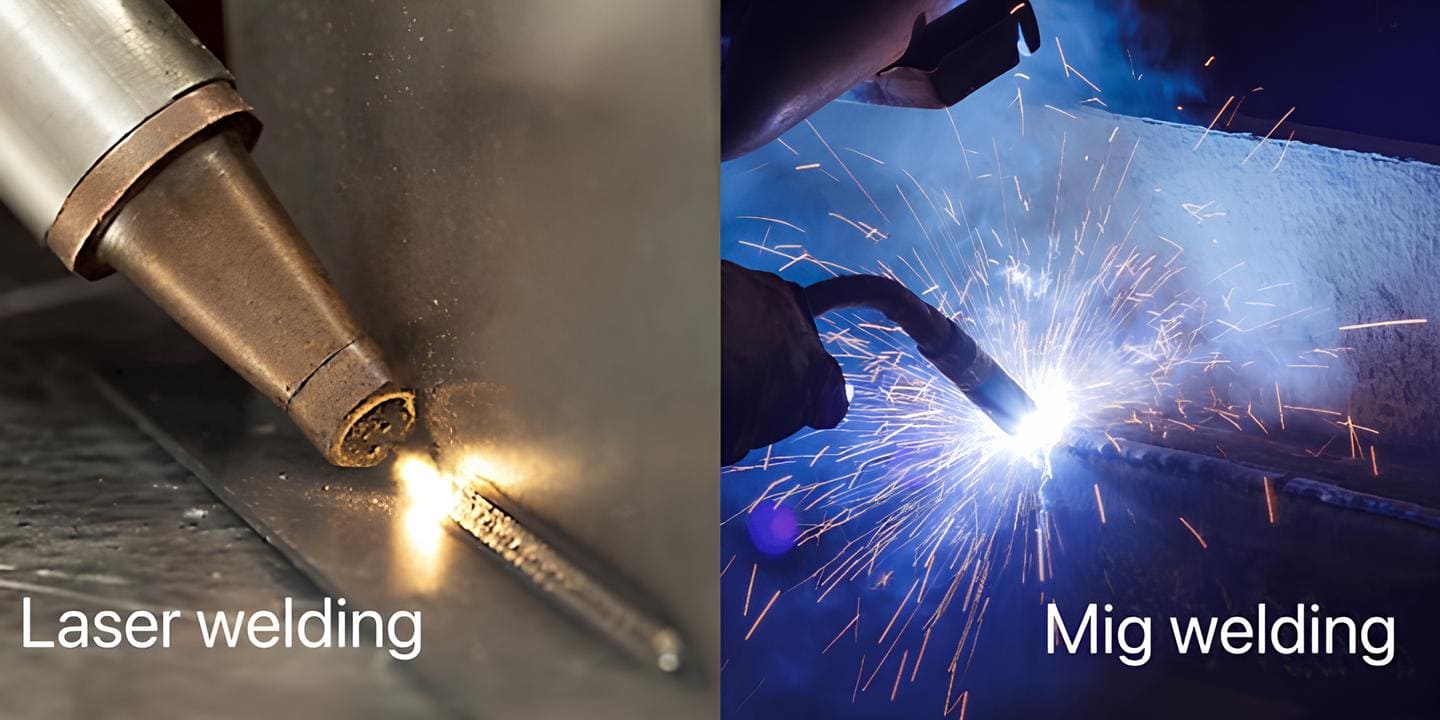
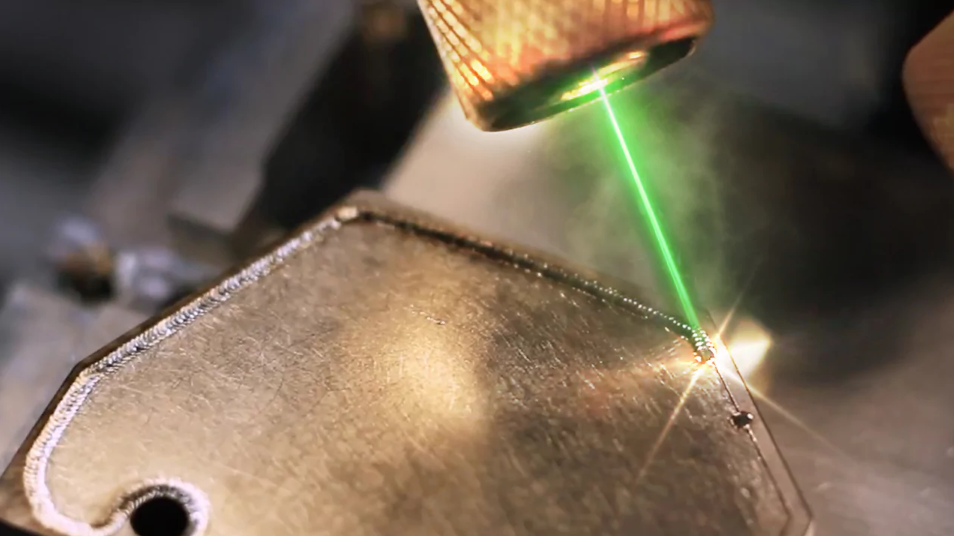
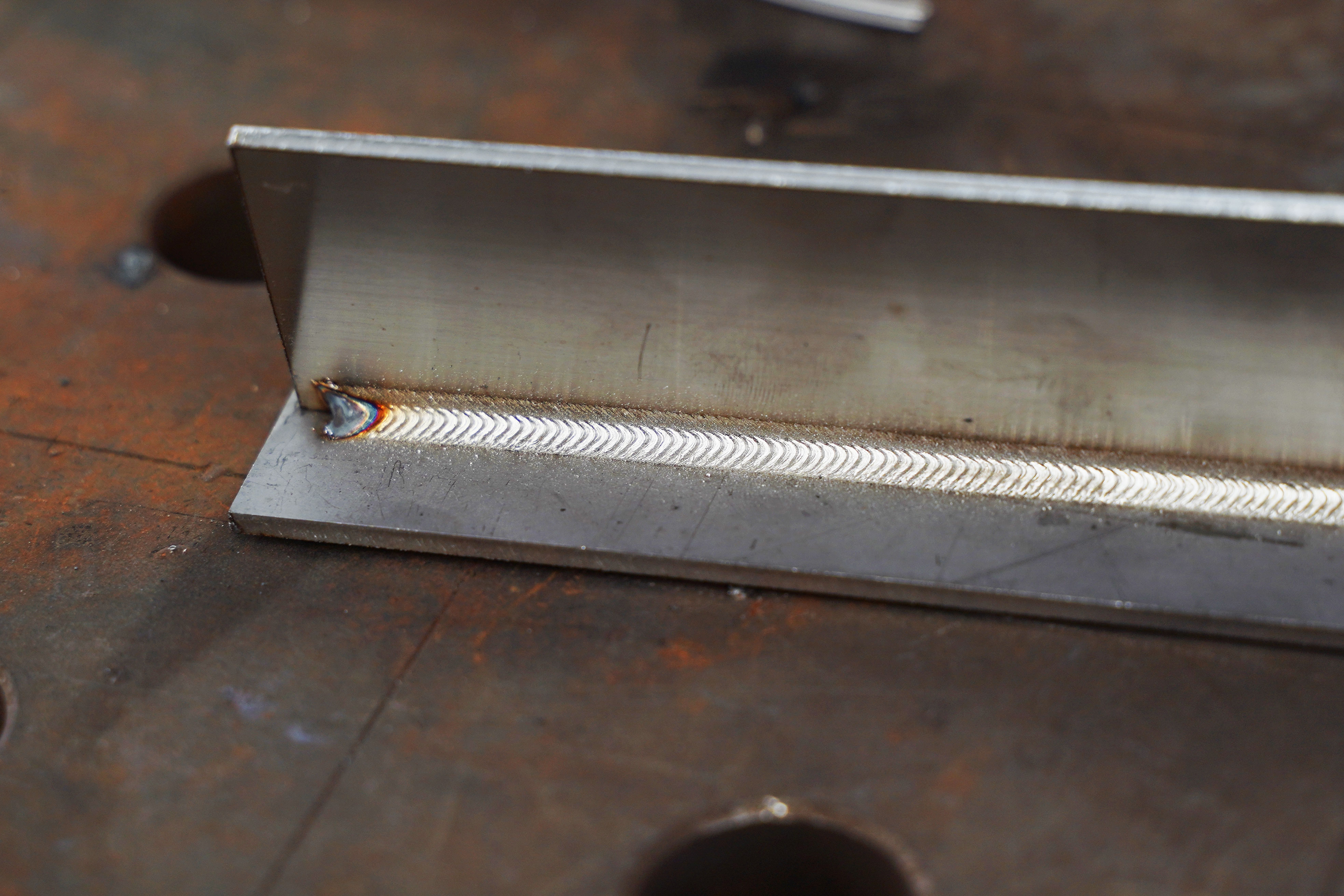
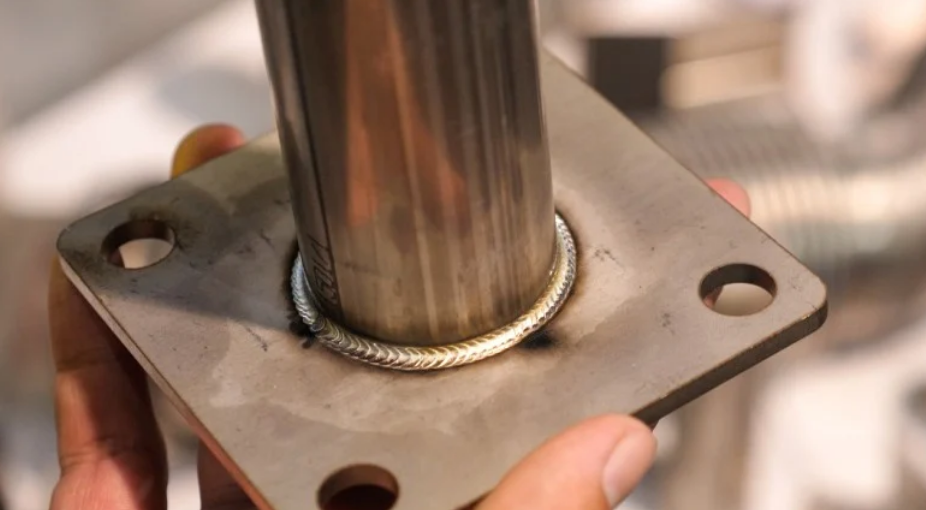
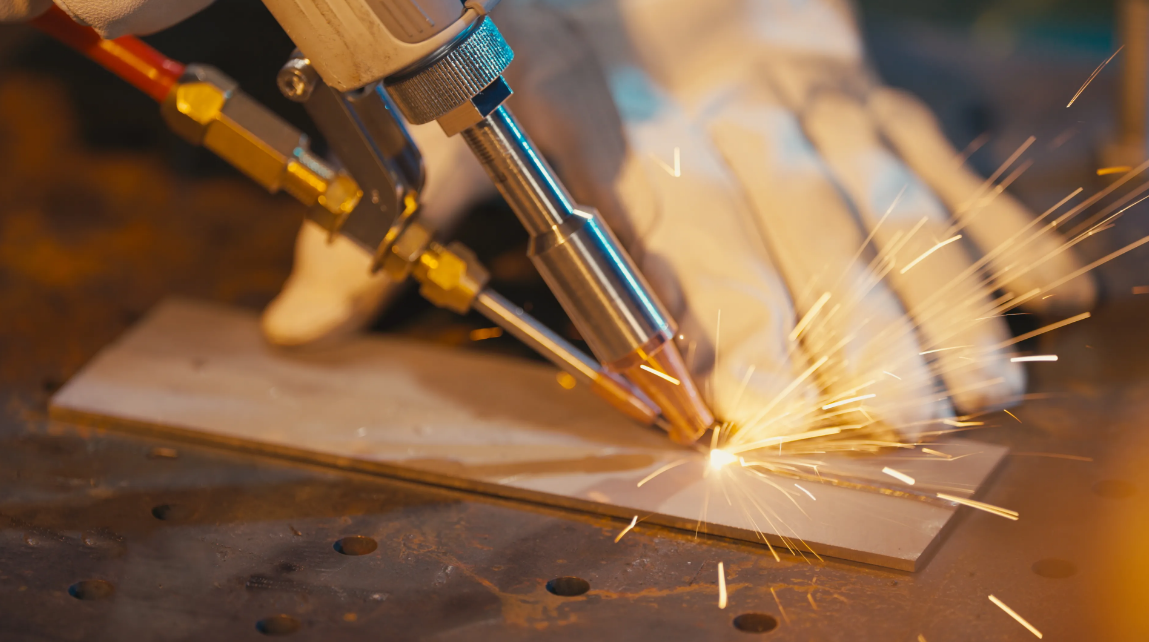
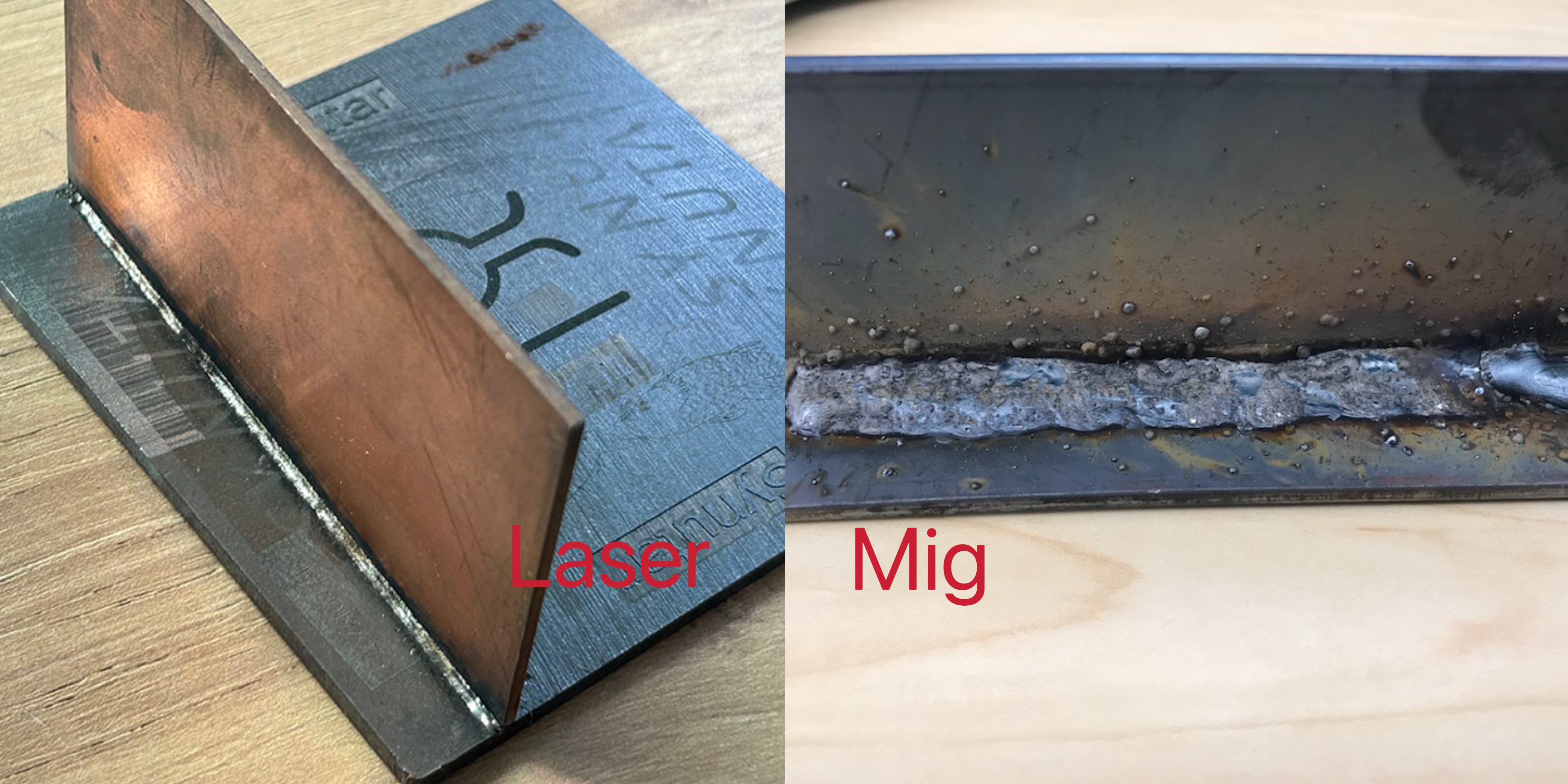
Recent Comments